Paweł Pławiak
Classification and Self-Supervised Regression of Arrhythmic ECG Signals Using Convolutional Neural Networks
Oct 25, 2022
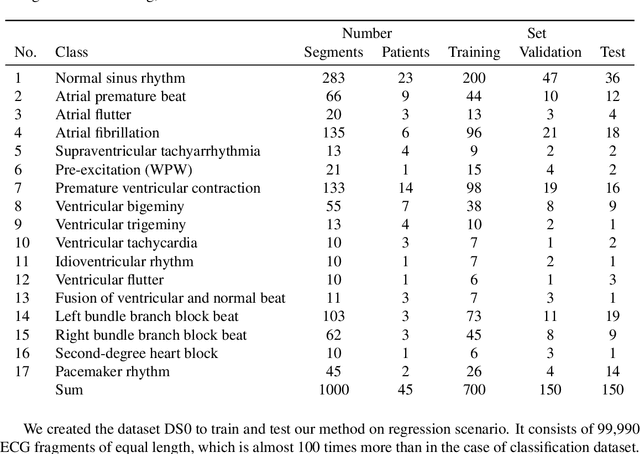
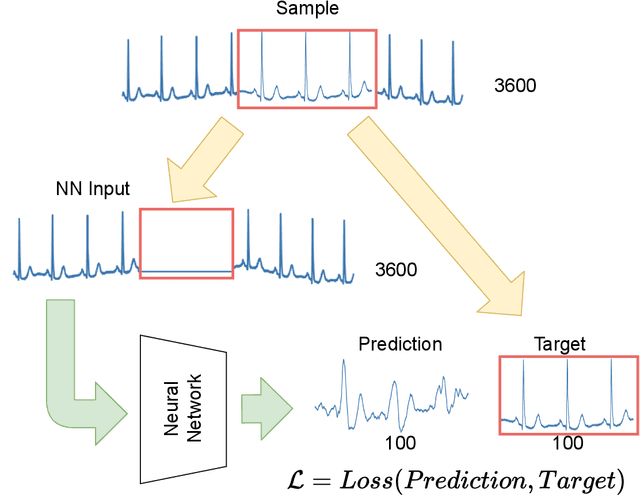
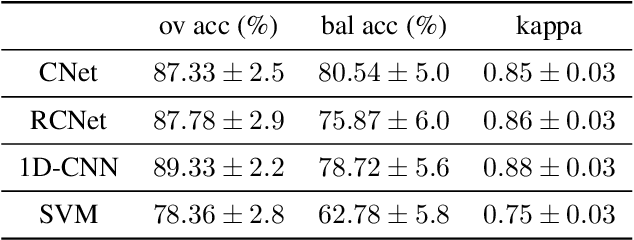
Abstract:Interpretation of electrocardiography (ECG) signals is required for diagnosing cardiac arrhythmia. Recently, machine learning techniques have been applied for automated computer-aided diagnosis. Machine learning tasks can be divided into regression and classification. Regression can be used for noise and artifacts removal as well as resolve issues of missing data from low sampling frequency. Classification task concerns the prediction of output diagnostic classes according to expert-labeled input classes. In this work, we propose a deep neural network model capable of solving regression and classification tasks. Moreover, we combined the two approaches, using unlabeled and labeled data, to train the model. We tested the model on the MIT-BIH Arrhythmia database. Our method showed high effectiveness in detecting cardiac arrhythmia based on modified Lead II ECG records, as well as achieved high quality of ECG signal approximation. For the former, our method attained overall accuracy of 87:33% and balanced accuracy of 80:54%, on par with reference approaches. For the latter, application of self-supervised learning allowed for training without the need for expert labels. The regression model yielded satisfactory performance with fairly accurate prediction of QRS complexes. Transferring knowledge from regression to the classification task, our method attained higher overall accuracy of 87:78%.
Hyperspectral classification of blood-like substances using machine learning methods combined with genetic algorithms in transductive and inductive scenarios
Nov 04, 2020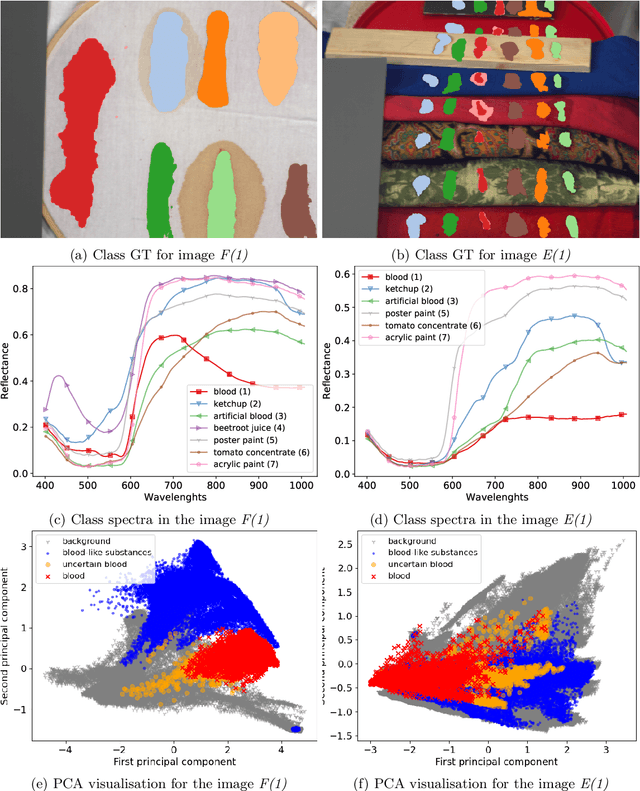
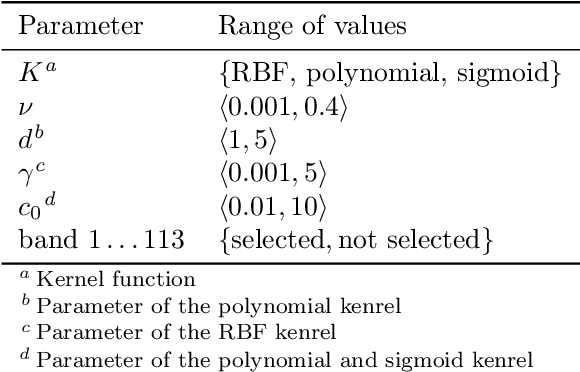

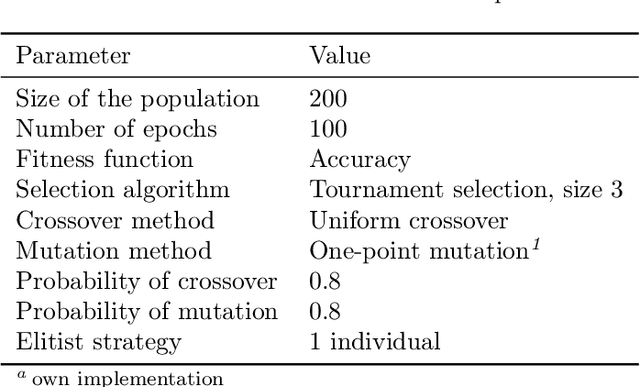
Abstract:This study is focused on applying genetic algorithms (GA) to model and band selection in hyperspectral image classification. We use a forensic-inspired data set of seven hyperspectral images with blood and five visually similar substances to test GA-optimised classifiers in two scenarios: when the training and test data come from the same image and when they come from different images, which is a more challenging task due to significant spectra differences. In our experiments we compare GA with a classic model optimisation through grid search. Our results show that GA-based model optimisation can reduce the number of bands and create an accurate classifier that outperforms the GS-based reference models, provided that during model optimisation it has access to examples similar to test data. We illustrate this with experiment highlighting the importance of a validation set.
 Add to Chrome
Add to Chrome Add to Firefox
Add to Firefox Add to Edge
Add to Edge